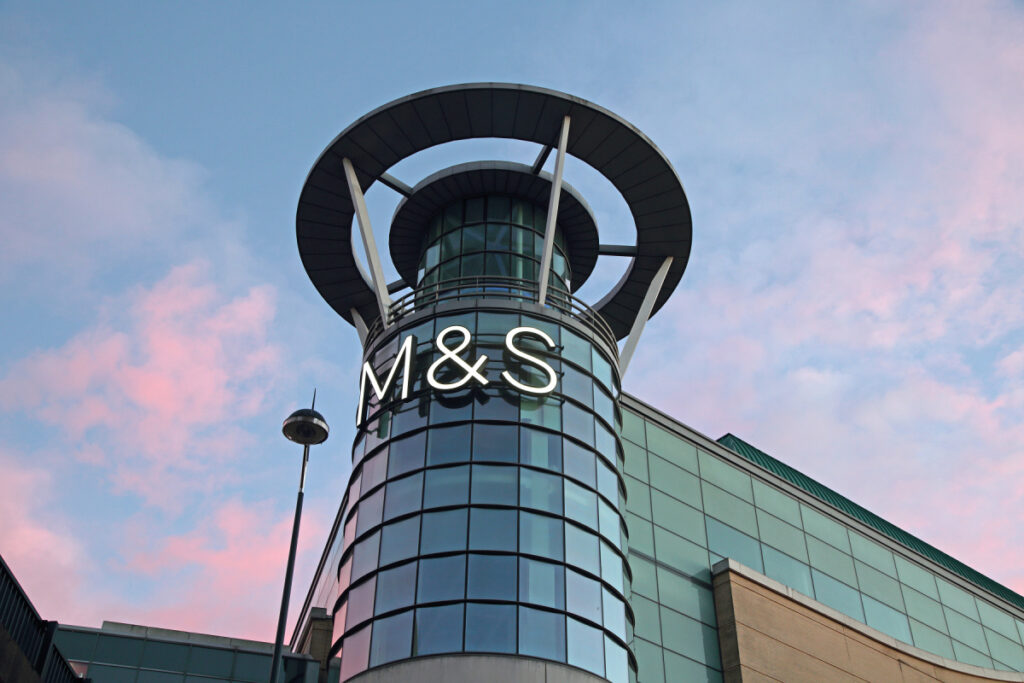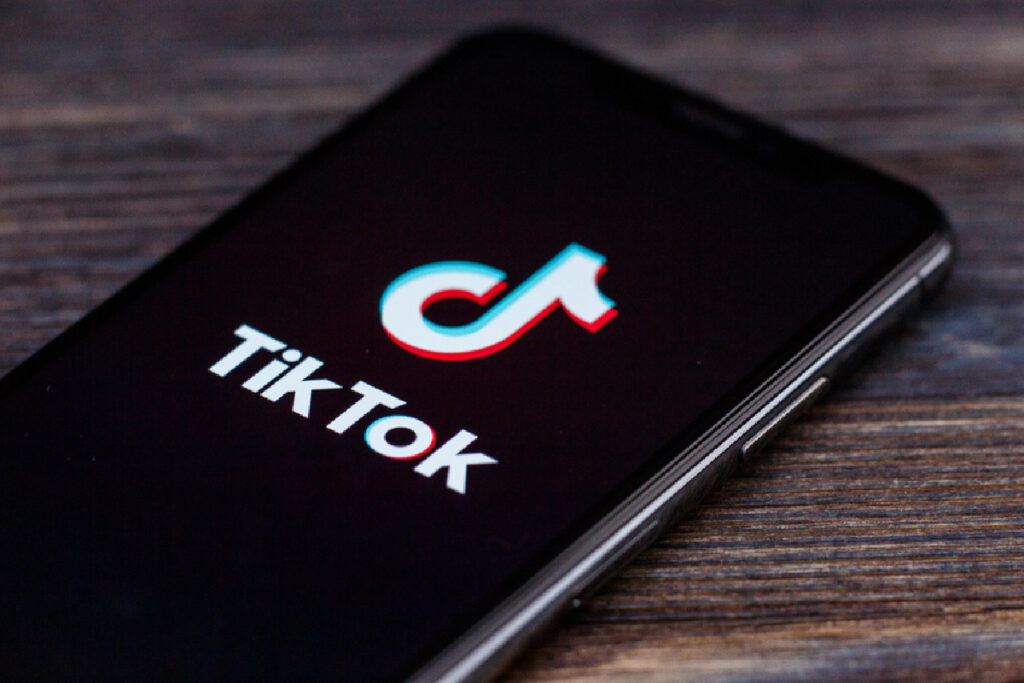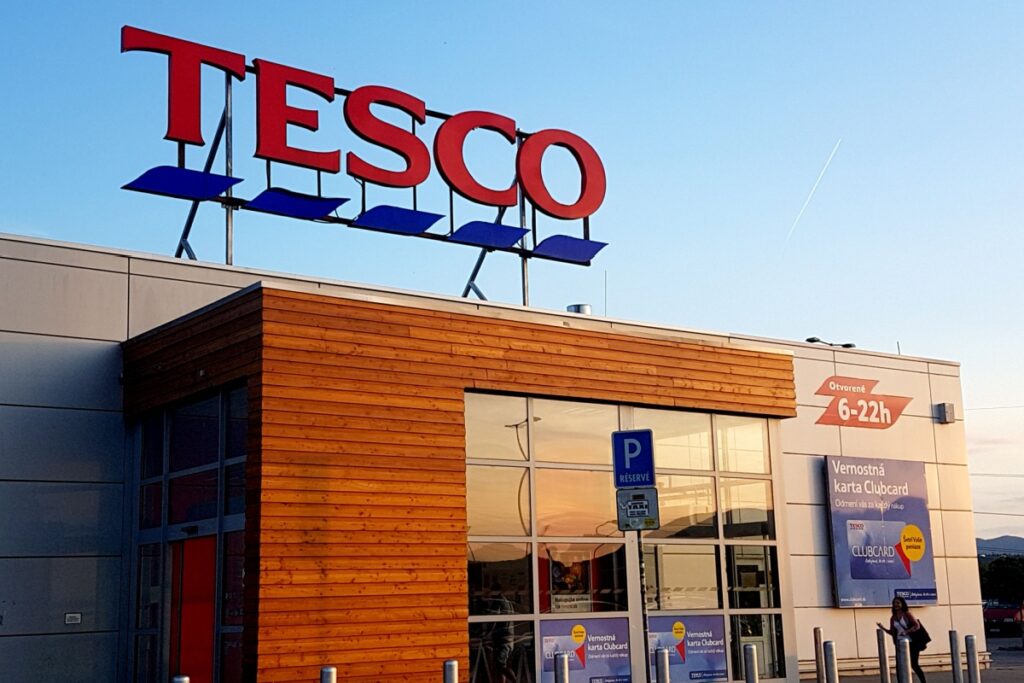For many decades, a retail organisation‘s success or failure hinged upon its ability to react to market conditions. But today, the velocity of disruption to retail markets is coming at such a pace that not even the fastest level of reactivity can keep an organisation from falling behind the curve and potentially losing market share.
With customer expectations changing at an exponential rate, the stakes for retail CEOs are higher than ever before. Mobile devices,e-commerce sites, social media and other online tools and apps are making it possible for customers to easily browse, shop and buy across multiple retail touch points, anywhere at any time. Retailers that respond by offering more product choices in more ways must manage greater operational complexity, all while delivering a seamless and inspiring brand experience. All of these variations are placing enormous pressure on today‘s retail model, which for most companies was built for yesterday‘s brick-and-mortar retail environment.
The dilemma facing retail CEOs today is unlike any in recent history. Retailers must learn how to manage these elevated expectations while continuing to deliver a consistent brand experience. Yet, pressure on top-line growth and margins is unrelenting, and sales through the new channels are rarely as profitable as traditional sales. These shifts in consumer behavior, preferences and expectations are compelling retailers to completely transform their businesses. Converging technology, organisational silos and channelisation of the shopping journey have led to a fragmented brand experience. To differentiate from the competition, retailers must re-evaluate their entire retail enterprises to deliver synchronous shopping that‘s simple, smart, seamless, frictionless, intuitive and inspiring. This means that retailers must immediately establish the proactive, agile and responsive operating model that is required to successfully compete and win.
Putting the Customer in the Middle of the Equation
As online retail sales continue to grow, the convergence of digital and physical shopping channels gives consumers more options and buying power than ever before. Meanwhile, social media and online review forums have raised the stakes. They‘ve given consumers the power to mete out meaningful “punishment” to retailers unable to satisfy expectations, while at the same time offer the ability to share positive retail experiences, all to a limitless audience. Through social media, shopping aggregation sites and an abundance of online competition, consumers are accessing greater intelligence about product and pricing. All of this has contributed to the emergence of the consumer who wants to shop using any device, anytime, anywhere.
The industry has already made considerable investments in technology and processes to help retailers gain insights into this digitally savvy consumer. Today, many organisations have improved their understanding of who their most profitable and loyal customers are and how they shop. By combining historical and social information in big data frameworks, they‘re better able to tap into real-time demand signals to offer their customers a greater degree of personalisation, delivering what they want, when and how they want it.
However, behind the scenes, many organisations are unable to connect these advanced levels of customer intelligence and segmentation with the fundamental business processes that drive how products are delivered to customers. Therein lies the rub: many retailers are still rooted in archaic channel-centric operating models.
Often these organisations are not taking advantage of the targeted customer information they‘re collecting. The intelligence isn‘t being used beyond a surface-level marketing function to influence how products are merchandised and customer orders are fulfilled. This is due to the lack of adoption of moder
RELATED STORIES
















